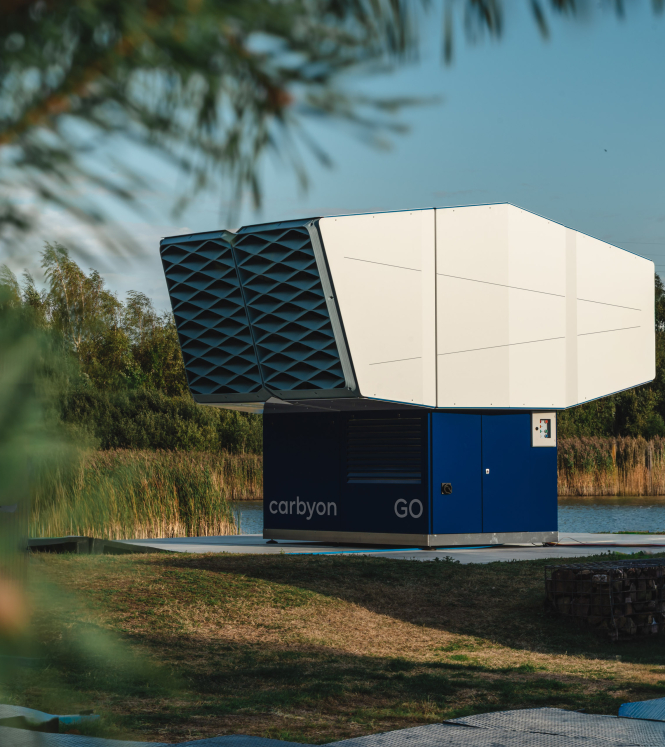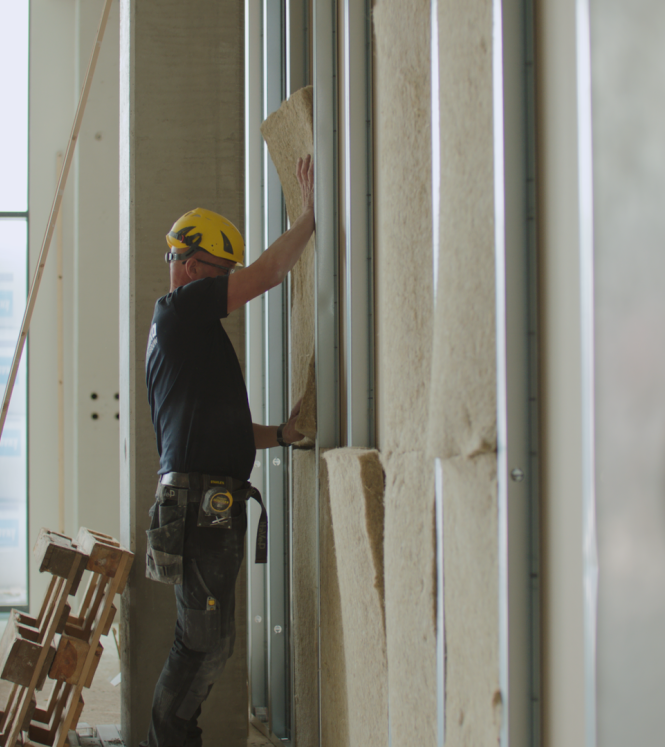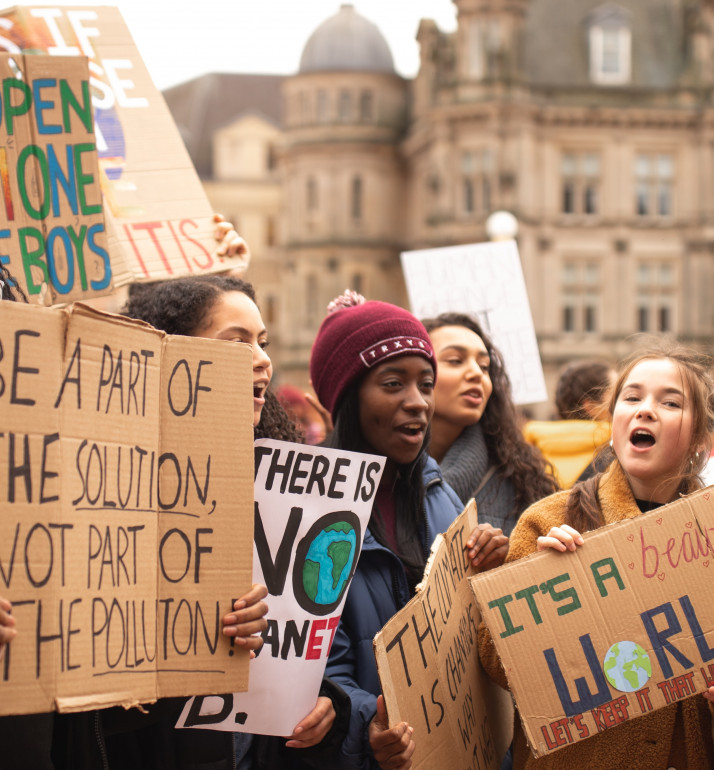
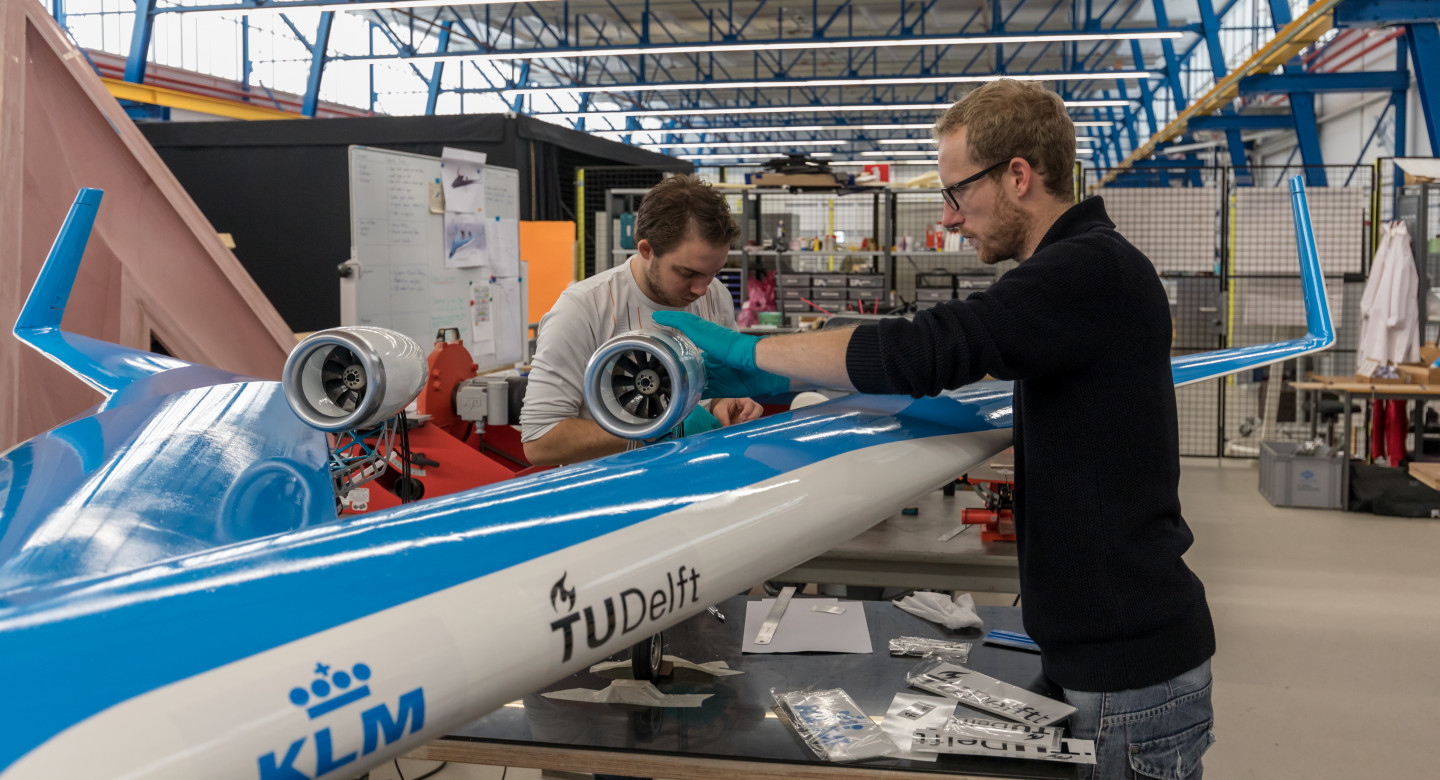
Flying-V changes the shape of sustainable flying
Aviation accounts for two percent of CO2 emissions. This may seem relatively low, but air travel emits 90 percent more CO2 than travelling the same distance by rail. Rail or road can be an alternative for short-haul flights over land, but what about intercontinental and long-distance destinations. So far, research to make flying more sustainable has concentrated on replacing fossil fuel with electric or hydrogen engines. However, a new design – the Flying-V − may change the shape of sustainable flying.
Delft University of Technology (TU Delft), Royal Dutch Airlines (KLM) and international airplane manufacturer Airbus partnered up to help to make the aviation industry more sustainable. Their futuristic Flying-V plane design has the same capacity as an Airbus A350 but uses 20% less fuel. A scale model prototype recently made a successful maiden flight.
TU Delft, KLM and Airbus based the design on an idea developed by Justus Benad, a student from Technical University Berlin, during his internship at Airbus. The sustainable aircraft has almost the same dimensions as an Airbus A350. However, although having the same wingspan (65 metres), the length of Flying-V concept is 12 metres shorter (55 compared to 67). This makes it possible to use current airport infrastructure. In addition, with 314 seats the Flying-V can carry just as many passengers.
As the name suggests, the Flying-V has a V-shaped fuselage that integrates the passenger cabin, cargo haul and fuel tanks into the wings. The design gives it less aerodynamic drag, and together with its reduced weight, makes it more fuel-efficient compared to current modern airplanes.
The aircraft can be propelled by the most fuel-efficient engines currently available. But more innovative propulsion systems – such as electric-boosted turbo fans – can easily be fitted in the future.
Successful maiden flight
Even though the main objective of the V-shaped design is to create an aero-dynamic sustainable airplane, it also provides an opportunity to experiment with the cabin layout. The unusual shape of the aircraft makes it a challenge to position the seats as efficiently as possible, while improving passenger experience. Designers are also looking for innovative ways in which passengers can dine and relax, such as offering buffet-style meals instead of being served in their seats.
TU Delft’s aviation engineers recently finished developing a scale model of the Flying-V along with a full-sized model of the interior. After extensive wind tunnel and ground tests, a scale model prototype of the aircraft took to the skies successfully. Project leader at TU Delft, Dr. Roelof Vos:
“The Flying-V is smaller than the A350 and has less inflow surface area compared to the available amount of volume. The result is less resistance. That means the Flying-V needs less fuel for the same distance.”
The aim of the Flying-V initiative is to take steps towards developing zero emission aircraft.
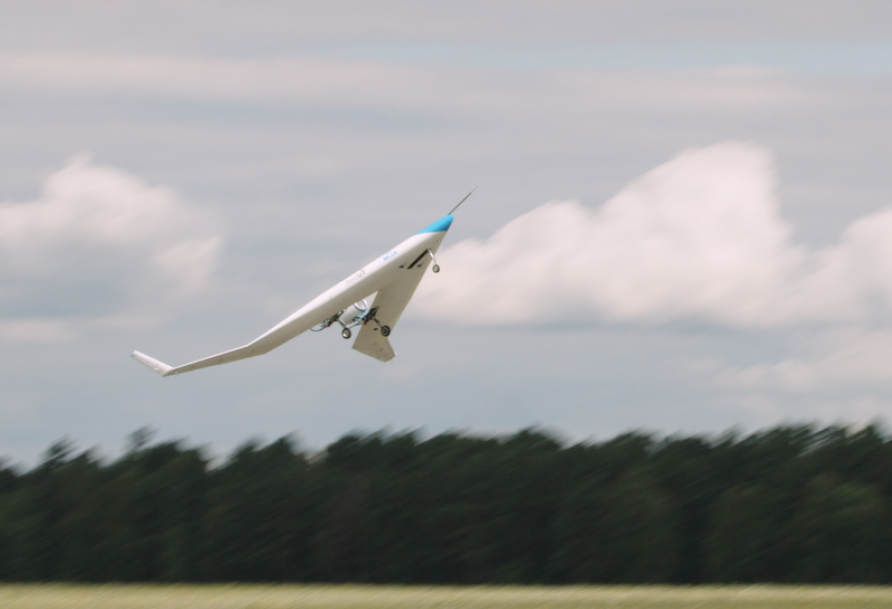
Smart and sustainable aviation
In the Paris agreement, governments around the world pledged to prevent global temperatures exceeding an increase of two degrees Celsius this century. This is also in line with Sustainable Development Goal 13 – Climate action and 17 – Partnering with other governments to achieve the Global Goals. The Dutch government is cooperating with other European countries to reduce CO2 emissions in the aviation industry in a number of ways. To achieve this, the Netherlands:
- is collaborating with other nations to introduce emission standards for the aviation sector;
- is supporting European plans for a single European airspace (Single European Sky);
- is playing an active part in the implementation of a global emission reduction system;
- is a partner in research and development of sustainable non-fossil kerosine (bio-kerosine).
Together, the Netherlands wants to stimulate the aviation sector to become more efficient, cleaner and quieter, resulting in lower CO2 emissions. The Flying-V could be the first of the next generation of aircraft that achieves this goal.
